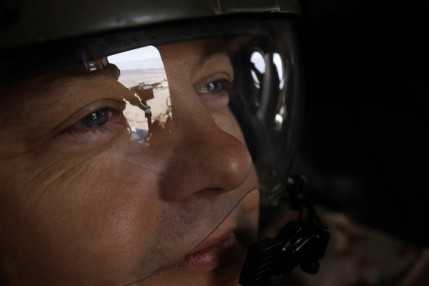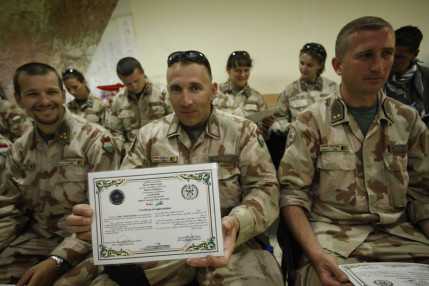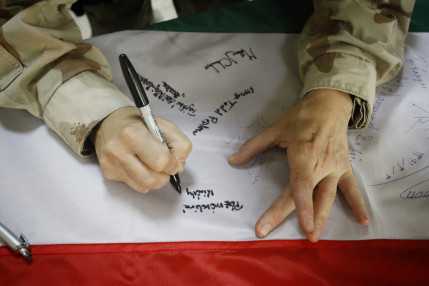Flying at Last – Reporting from Afghanistan
Szöveg: Balázs Trautmann | 2012. május 28. 6:04On Tuesday morning, the pilots deploying with the seventh rotation of the Mi-24 Air Mentor Team were cleared to take off, even if they flew transport helicopters instead of gunships. Below is a report from Afghanistan…
Galéria

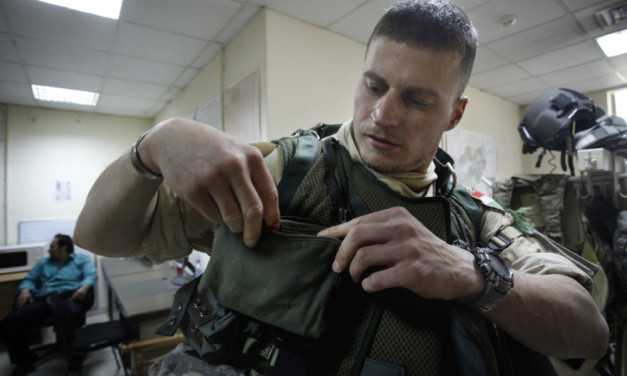
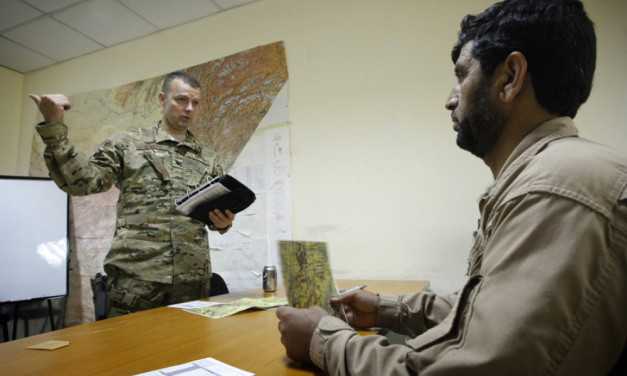
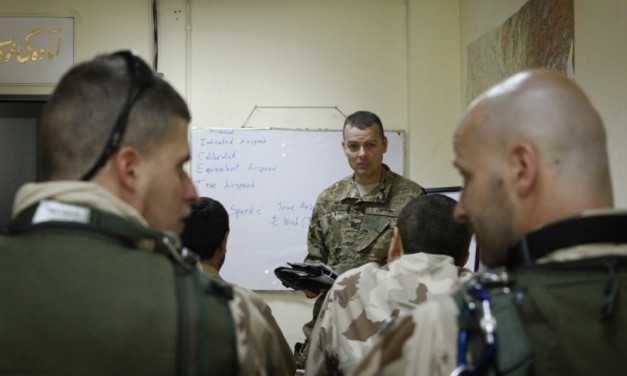
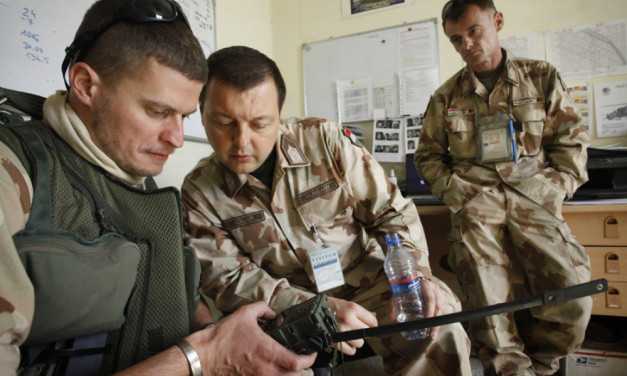
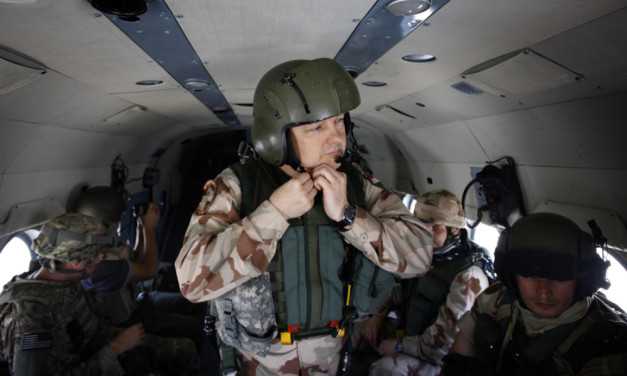
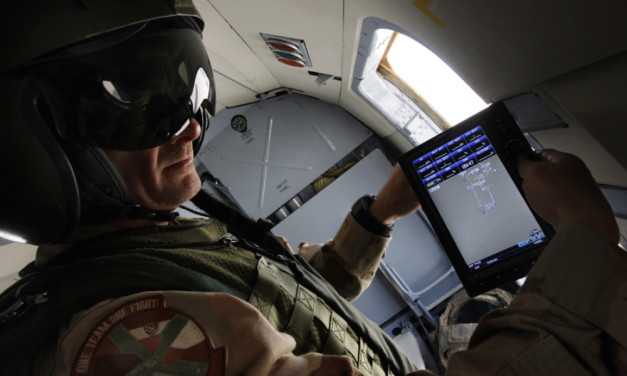
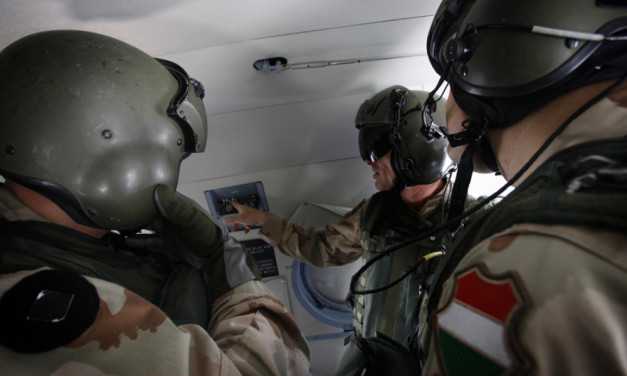
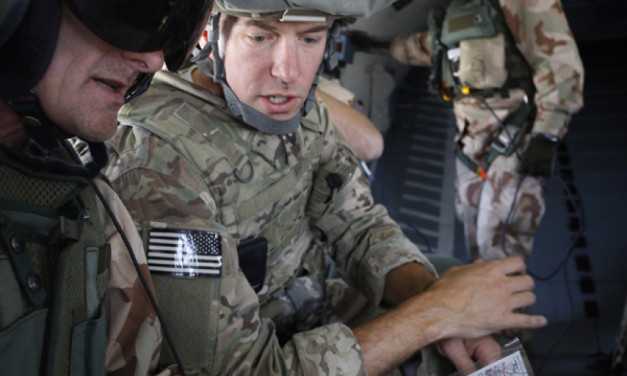
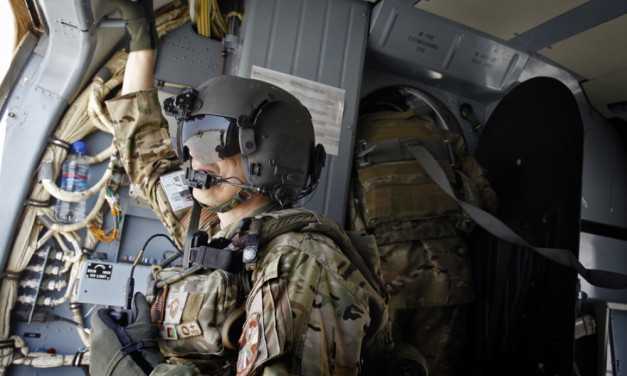
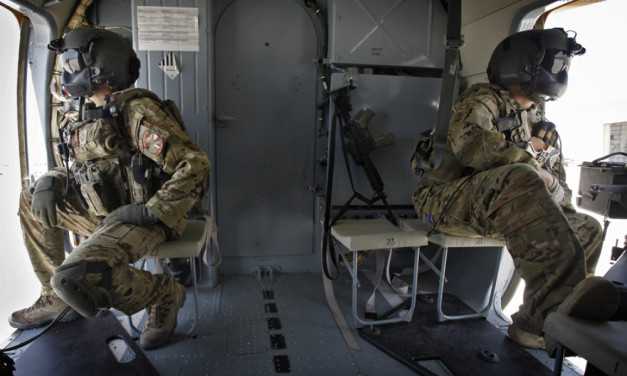

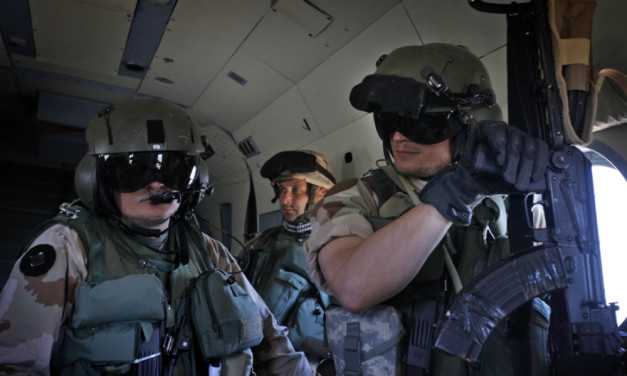
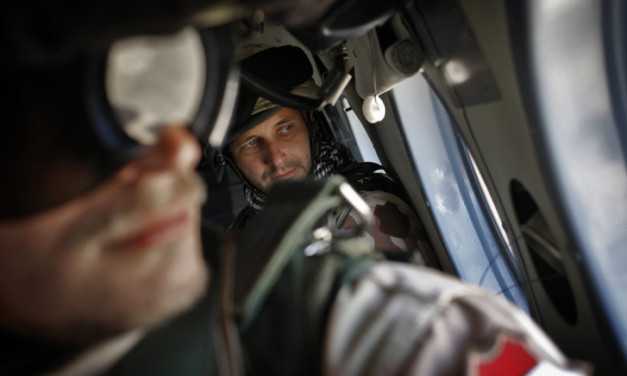
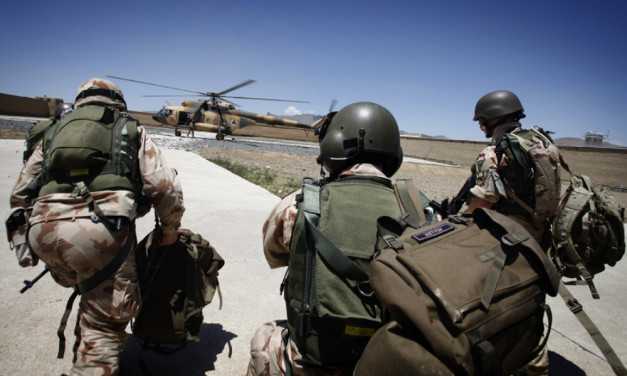
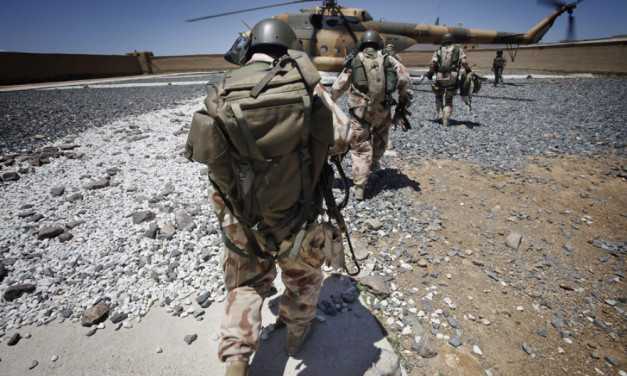
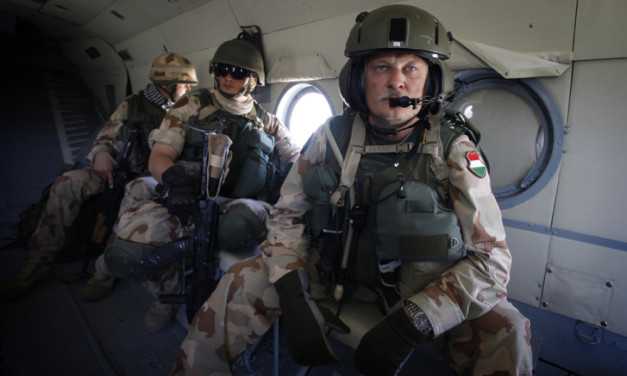
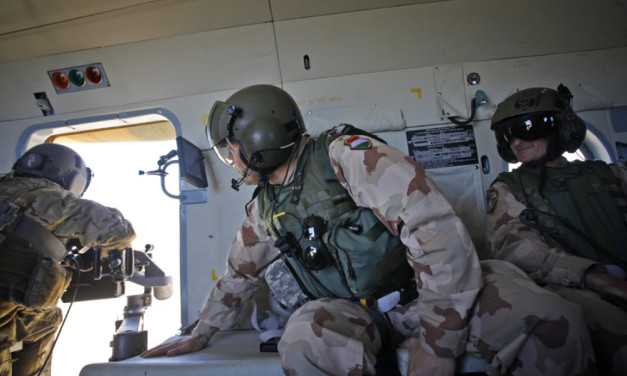
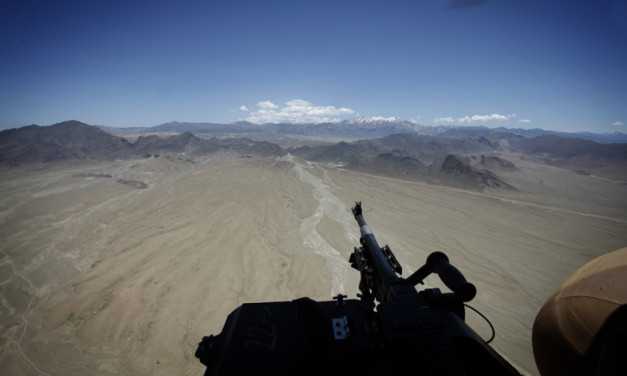
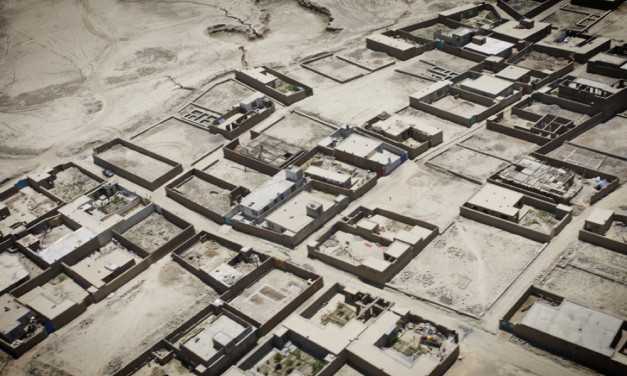
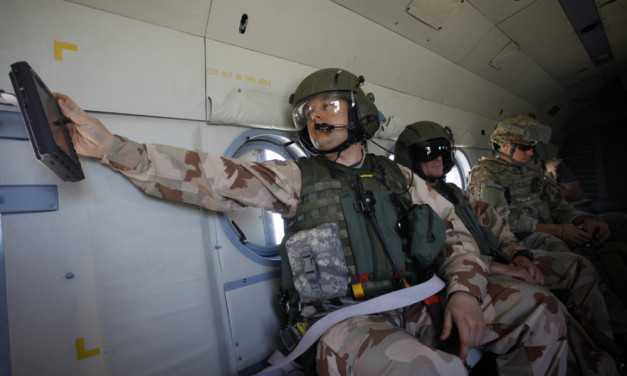
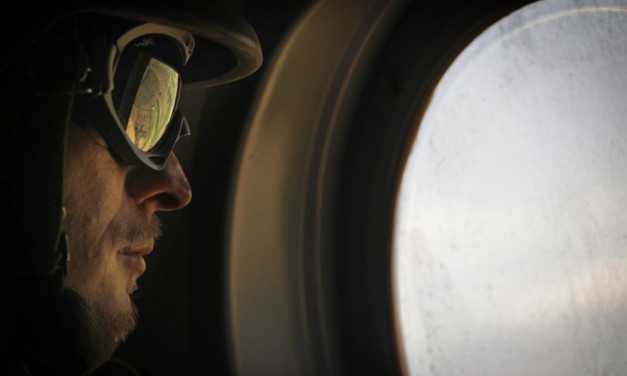

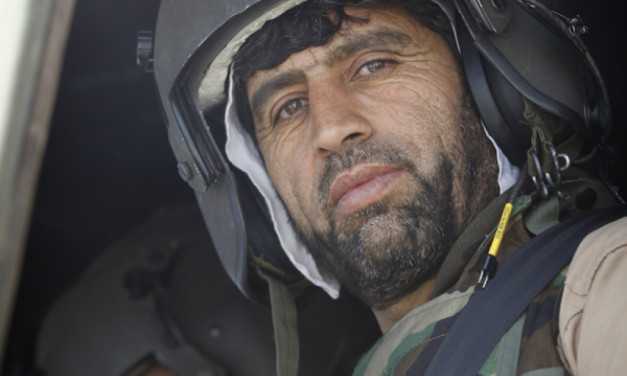
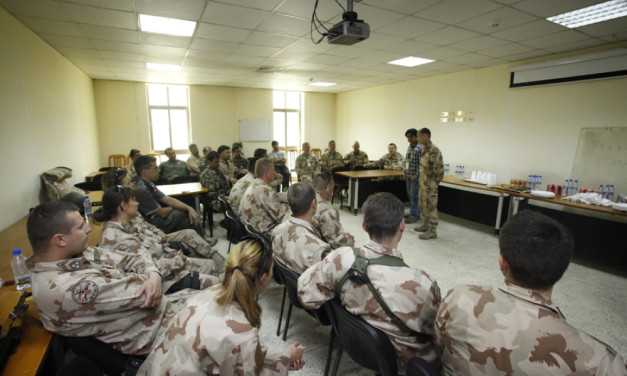
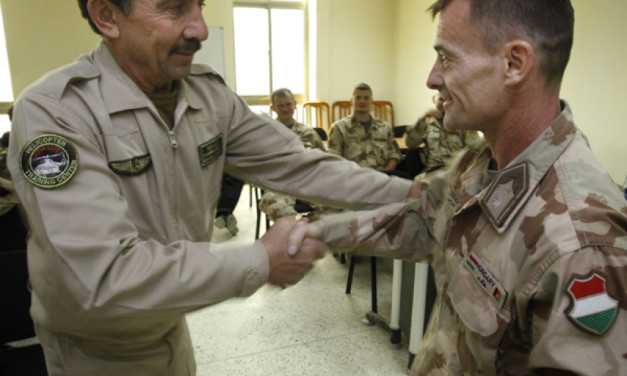

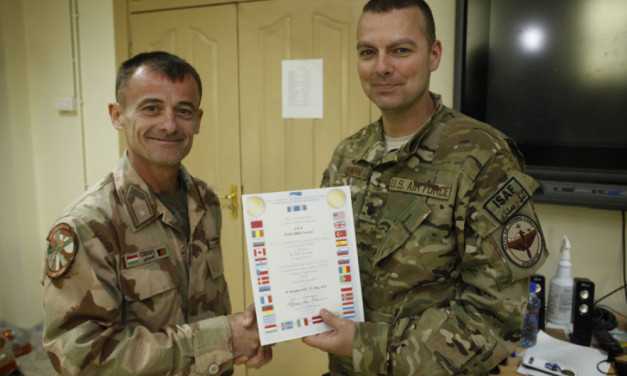

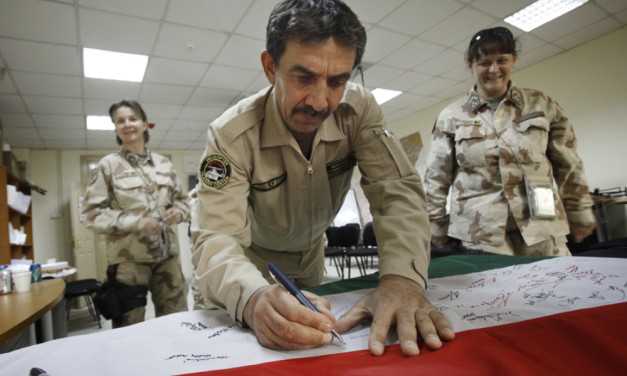

During the route planning, they had to pay attention to the route as a whole besides the en route points. Even during take-off and landing, it may happen in the environs of Kabul that inbound or outbound airplanes and helicopters take small arms fire, and on rare occasions the insurgents launch RPGs as well. While flying above the danger areas, the aircraft climbed to a higher altitude so it can fly outside the range of small arms and RPGs, thus the Mi-171 was able to return to Kabul International Airport (KAIA) after the long two-hour flight without any incidents.
True, we paid a visit en route to the base of the British forces. The Hungarian soldiers were not interested in the walled helipad of the small fort (although the Mi-171 had a great success by demonstrating its hovering capability at a high altitude), but rather in the extensive shooting range around the compound. While the US commander of the mentor team was practicing emergency procedures with the Afghan pilot at the controls of the aircraft, the Hungarian team was being guided around the range by British soldiers to learn about its current arrangement. This was no accident, as the goals include the establishment of a range for the purposes of air gunnery. This environment could serve as an ideal location for that, as there are some “hard-skinned" targets like buildings in the area of the range, which also offers abundant waste ground that will be available to the Hungarian and Afghan pilots for use.
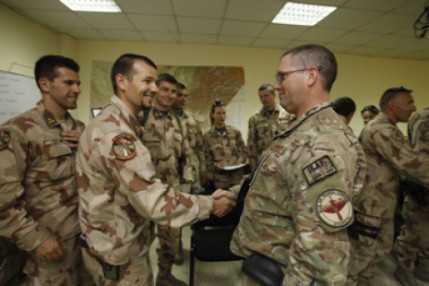
Photo: Veronika Dévényi
Click on our gallery for more pictures!











